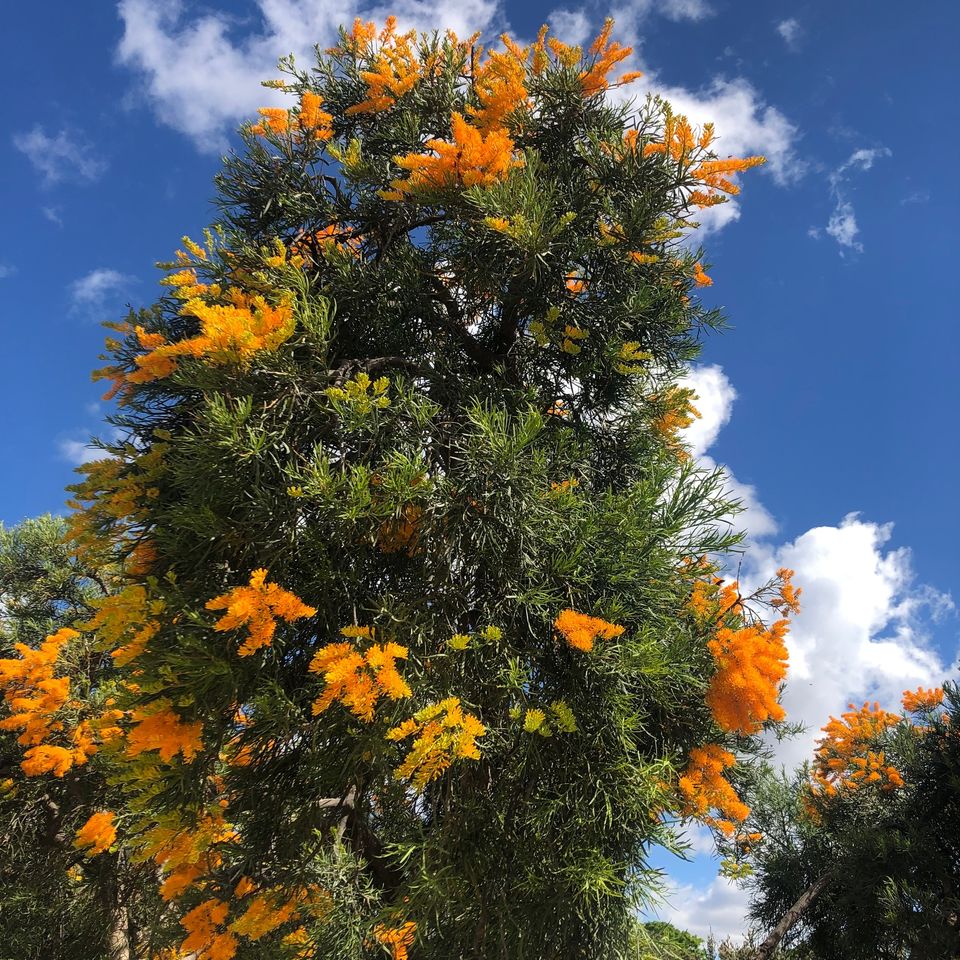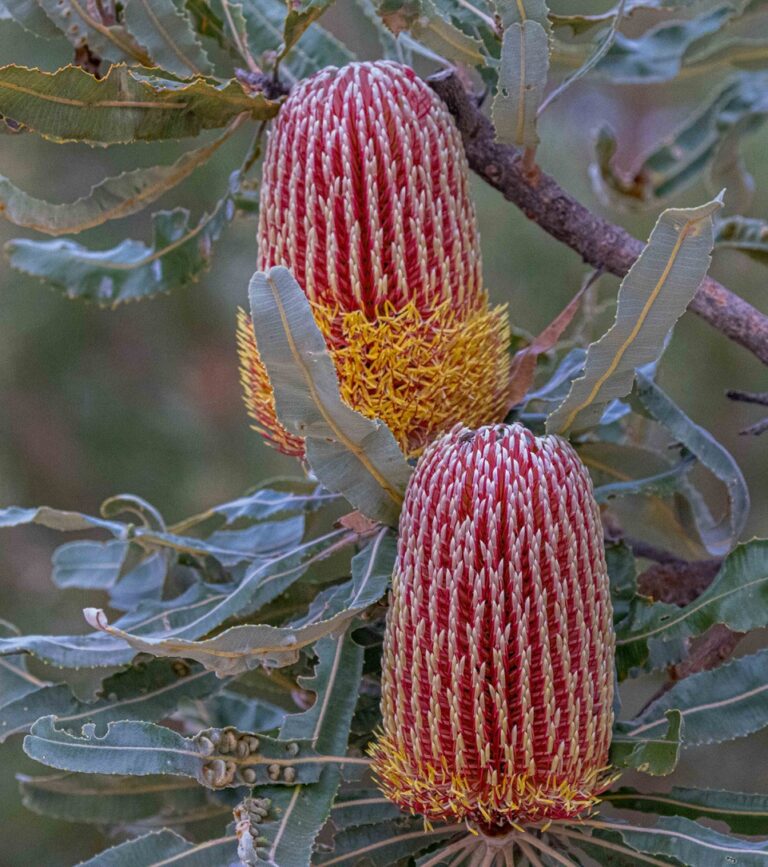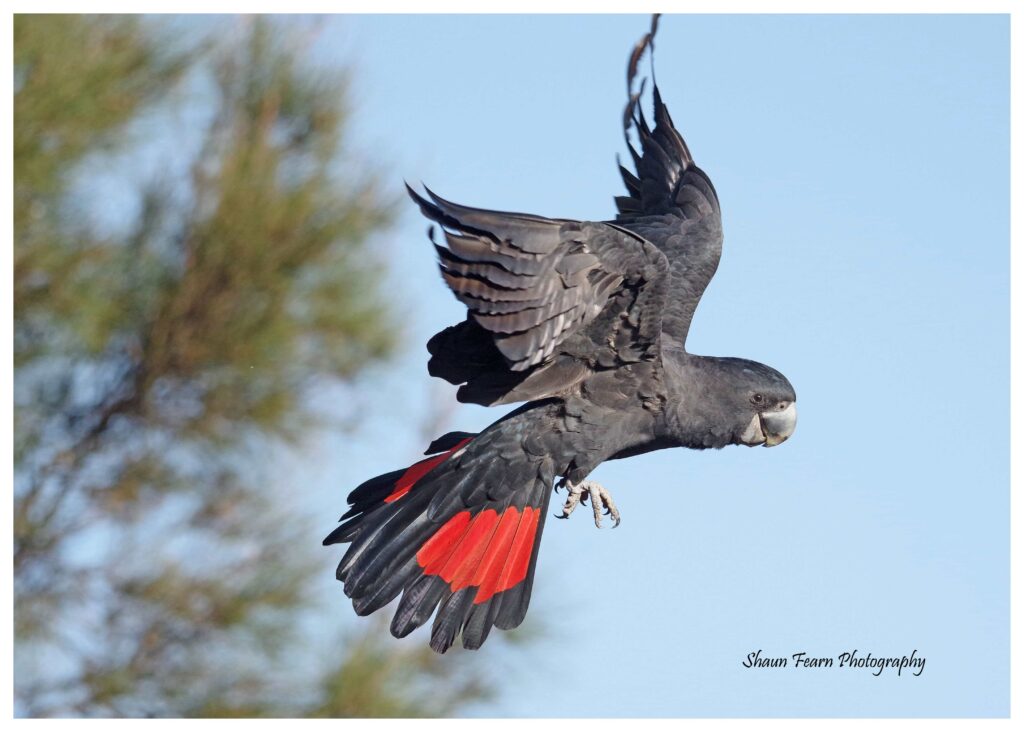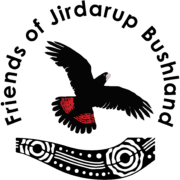Kensington bushland
A rare slice of remnant banksia-jarrah woodland and home to a wealth of native flora and fauna.

Overview
Kensington Bushland
As a Bush Forever site, Kensington Bushland is protected under both State and Commonwealth legislation.
- Banksia Woodlands of the Swan Coastal Plain which are included in the Jirdarup Bushland are included as a Threatened Ecological Community (TEC) as defined under the Australian Government Environment Protection and Biodiversity Conservation Act 1999 (EPBC Act) in 2016.
- As a Bush Forever site, Kensington Bushland is also covered by the State Environmental Protection Act1986 Section 51C which makes it an offence to clear native vegetation unless it is undertaken in accordance with a clearing permit, or an exemption applies.
The Bushland is fenced to protect it from excess traffic. Fences were installed following serious fires first in 2003 and more recently in 2016.
The most recent Management Plan was prepared by the Town of Victoria Park in 2018.
History
The History of Kensington Bushland
Since the early 1900s, the area was isolated by a pine plantation and the South Perth Rifle Range to the west and a sanitary depot to the east. In the 1950s urban development further confined the area.
It was not until the 1970s that interest grew and efforts were initiated to protect the natural bushland. Several conservationists, in particular Cathy Taylor, increased their efforts in the 1980s and 1990s giving rise to the first public recognition of Kensington Bushland in the 1998 Perth Bushland report where it was identified as a Regionally Significant Bushland – Recommended for Protection.


Wildlife
A Haven for Wildlife
More than 60 species of birds have been sighted in Kensington Bushland, as well as 16 species of reptiles and approximately 200 plant species. Over 20 species of native orchids have been identified by Friends since 2000 and there is an abundance of flowering plants throughout the year.
The iconic Carnaby’s Black-Cockatoo is listed as Endangered under the Australian Government Environment Protection and Biodiversity Conservation Act 1999 (EPBC Act) and the Wildlife Conservation Act 1950 (WC Act), the Forest Red-tailed Black-Cockatoo is listed as Vulnerable under both Acts.


